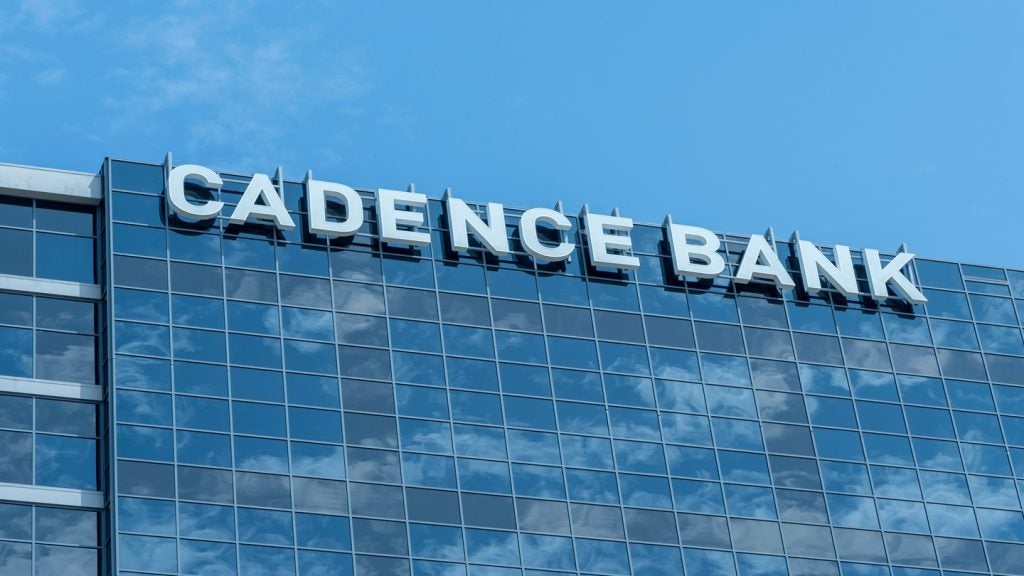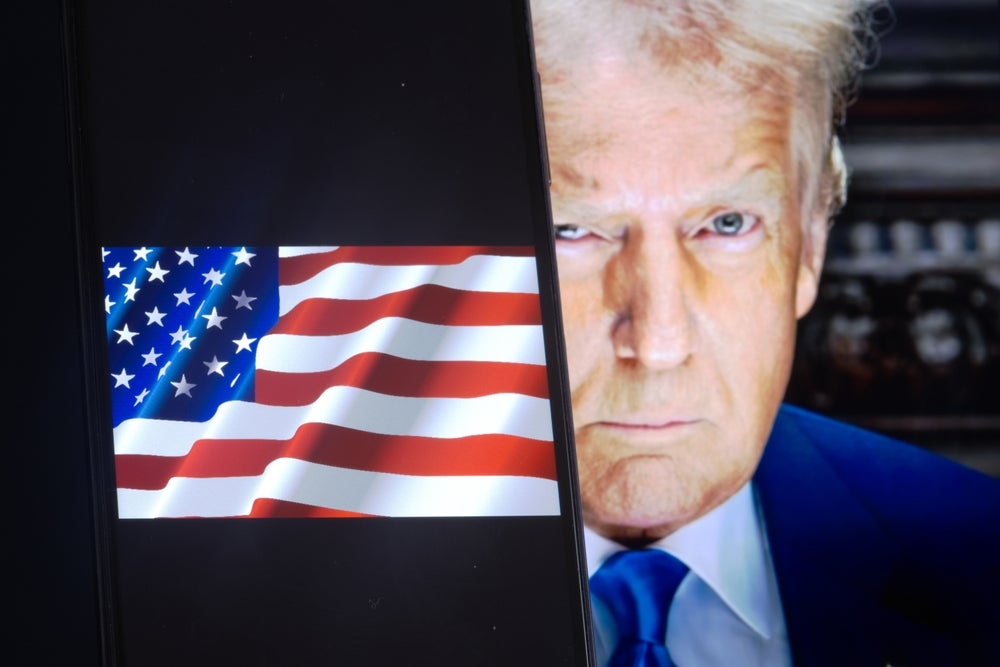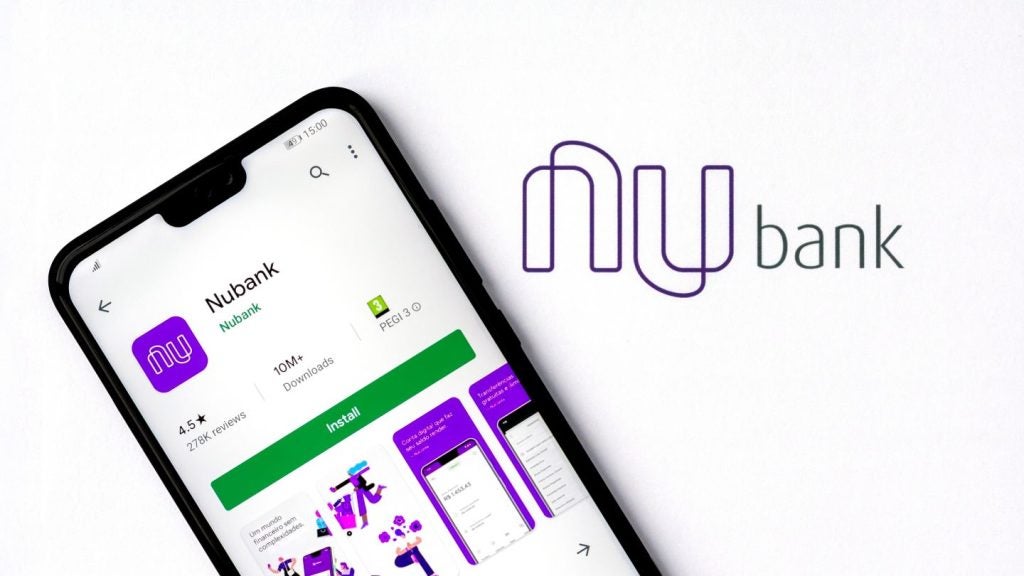The long-running saga of State Bank of India’s proposed
merger with six of its associate banks is up for discussion again
in January. RBI has learned the deal, aimed at bolstering
SBI’s market share and size, is likely to be delayed again by
political considerations. William Cain reports.
State Bank of India (SBI) is again meeting with six of its
associate banks to discuss fully merging them into SBI as it looks
to win back market share in the competitive domestic market as well
as become a much larger regional Asian banking powerhouse.
SBI, 60 percent owned by the country’s government, is already set
to complete its merger with another associate bank, the State Bank
of Saurashtra (SBS), on 27 January.
But it is also planning a similar move with the State Banks of
Patiala, Hyderabad, Travancore, Indore, Mysore, and Bikaner and
Jaipur. SBI holds a 100 percent stake in the Patiala, Hyderabad and
Saurashtra banks, and at least 75 percent in the remaining four
institutions.
Analyst Nondas Nickolaides of ratings agency Moody’s, who recently
met with the chairman of the bank, believes the plans to merge
could be hampered by political factors with politicians fearing the
merger could lead to job cuts and branch closures. He said: “They
have done all of the ground work through their ‘virtual merger’,
but I have my reservations as to whether they can go ahead with
it.
“There is resistance from politicians and the associate banks
themselves, and I can’t see it happening in the next one or two
years. If we see further pressure on SBI’s franchise, then maybe it
will become more pressing.”

US Tariffs are shifting - will you react or anticipate?
Don’t let policy changes catch you off guard. Stay proactive with real-time data and expert analysis.
By GlobalDataMarket share stabilised
The bank, India’s largest bank by assets, deposits and profits, has
seen its market share stabilise over the past 12 months under new
chairman OP Bhatt after three years of decline between 2003 and
2006.
It suffered from a shrinking loan and deposit base because of
competition from new private banks, with market share in deposits
down from 17.6 percent in March 2003 to 15.3 percent in March 2006.
The most recent figure, from June 2007, was 15.2 percent.
Now SBI is looking at ways of becoming more competitive
domestically and abroad. As well as the potential mergers, it has
announced it will seek to raise INR167.36 billion ($4.3 billion) in
capital through a rights issue on 4 February.
Under the proposed mergers, SBI would increase its balance sheet to
more than $200 billion – well over double that of its nearest
rival, ICICI Bank, which has a balance sheet of $88 billion.
Significantly, SBI’s branch network would more than triple, from
9,517 to 31,000 outlets.
The bank invested three years ago in a uniform IT platform across
its state subsidiaries to cut out bureaucracy and has implemented
it in 10,297 group branches. The cost savings from the bank’s core
banking solution upgrade are likely to start filtering through over
the next four to five years.

Merger benefits
The system means that, operationally, the banks work
along the same lines, and customers benefit from the integration –
the group’s customers can withdraw cash at any of the 7,546 ATMs
the group runs. Indeed, even though the banks are not formally
merged, they operate in many respects like a single bank. The main
benefits from any merger would come from increased market share and
cost savings through closing overlapping branches and cutting staff
– although that would face political opposition. The bank would
also benefit from the relationships the subsidiary banks had with
regional state governments.
Ananda Bhoumik, senior director of financial institutions in India
for ratings agency Fitch, said: “In many ways, these banks operate
closely in terms of technology and have a common platform – the
previous CEO used to talk about a virtual merger. It would add
around 4 or 5 percentage points to market share, and to that extent
it would grow and it would deepen the franchise. There would be
cost reduction opportunities, especially in areas where they have
common branch networks.”
The $4.3 billion rights issue is also important as the bank looks
to raise capital for future expansion. The bank wants to raise the
cash to fund new business lines and comply with Basel II, the EU
regulation regarding capital adequacy for banking. The government
will buy 59.7 percent of the new stock, maintaining its original
stake in the business.

Increasing capital should also help SBI expand internationally.
Around 10 percent of the bank’s total assets come from its
international operations, where SBI focuses on Indian trade and the
non-resident communities.
The bank has a network of 84 offices in 32 countries, which Moody’s
said has allowed it to gain a substantial market share in
non-resident Indian remittances coming into the country. Its
geographical diversification also means the bank is protected to an
extent from regional shocks in the global economy, though most of
its business remains in India.
Bhoumik said: “It has brand recognition and the franchise is there,
so it needs to be more aggressive in chasing business, as the
opportunities are growing. It needs to be more focused on this part
of its business and continue expanding its equity size, which it is
currently doing with a rights issue.”
SBI is present in all areas of the financial sector through its
non-banking subsidiary companies – for instance, insurance via SBI
Life; asset management via SBI Funds Management – which offers the
group “huge potential” to cross sell products, according to a
December Moody’s research note.
Challenges to the bank’s market share
There are challenges to the bank’s market share in India, notably
the competitive operating environment (see “ICICI hits India with iMobile” and
“Canara shifts up a gear to stay
ahead”). It also has to modernise itself to meet demand
for financial products from Indian prime corporates and the
emerging retail market.
Moody’s said longer term competitiveness would depend on the
success of the bank’s upgrade of its IT systems. SBI’s business
process re-engineering plans, on which the bank is working with
consultancy McKinsey, would also be important.
Other challenges include changing the staff’s public sector
mentality and training them to operate in a more technology-based
environment. SBI said in a presentation to analysts that it had
implemented an internal programme to address the issue, and had
seen encouraging results.
SBI’s profits have been consistent, but other banks are making
ground on it. Moody’s said asset quality was improving, but there
remained some concern about non-provisioned problem loans.
Bhoumik at Fitch Ratings added: “In terms of business
opportunities, given that the level of intermediation is low, the
sector has enormous growth potential. Capital will be a key
differentiator and margins will be under pressure. Most
importantly, as the credit cycle reverses, will we see increasing
non-performing loans?”
Moody’s said the bank’s asset quality was improving, and welcomed
the gradual reduction in SBI’s reported gross non-performing loan
figures in recent years. They have been falling progressively since
2001, although showed a slight increase in June 2007.











